Top 13 Most Difficult Programming Languages To Learn: Computers have become an inextricable aspect of existence, and they have unquestionably made life simpler for everyone. They are utilized to accomplish a variety of functions in both homes and workplaces. High-speed computers provide folks with possibilities that they didn’t have before.
Computer programs are written in languages that the computer can comprehend, allowing it to complete a task. Computers would not have been able to function without these languages. Because they are not everyone’s cup of tea, some of these are rather tough to master and code in.

RECOMMENDED: How long does it take to learn Python
The 13 Hardest/Most Difficult Programming Languages To Learn in 2024
Below are the toughest programming languages organized by difficulty level. That is, from the most difficult to the easiest:
1. C++: C++ is the first and, by far, the most difficult programming language. This language is even more difficult than its predecessor, C. It was founded in 1983 and has been causing programming students restless nights ever since. C++ is an object-oriented and imperative programming language. This language was developed to produce fewer modifications in low-level memory. C++’s most significant use was in the development of e-commerce systems, online searches, and SQL servers.
C++ is without a doubt the most difficult programming language ever created. This language has several file extensions as well as a rigorous layout that must be followed to run the programming effectively. There are many characteristics of this language that you will learn once you begin to use it.
2. Scala: Scala is a sort of general-purpose computer language that was created in 2004. Scala is a functional programming language that uses Java Bytecode to execute on the Java virtual machine. It is most commonly used for static systems.
Because it combines original principles with Java, the complexity level is great, and it is regarded as being among the most difficult programming languages.
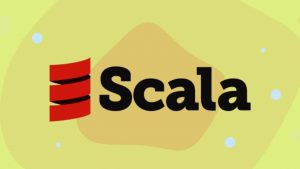
Scala, like C++, has just two file extensions and is an object-oriented language. In reality, the grammar of both languages is quite similar. Scala is most commonly linked with concepts such as type interference, lazy evaluation, pattern matching.
Also see: Easiest programming languages to learn from beginner level to finish
3. Swift: Don’t take its name too seriously because learning takes time. This, like the other toughest programming language described above, is an object-oriented language. The fact that this language is developed by our very own Apple gives you an indication of the intricacies involved. There is just one file extension for this one language, and it has a variety of capabilities. It’s not hard to predict that it’s for the same systems because it’s designed by Apple.
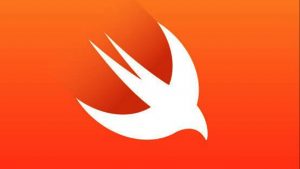
Swift is a great alternative to the fundamental C and C++ programming languages. It makes the process more user-friendly than previous languages by utilizing the notion of current programming.
4. Haskell: Haskell was first released in 1990, and the most recent stable release was in 2010. Haskell is not an object-oriented language or a language with strict grammar. In reality, it is highly flexible and modular, allowing it to be adjusted to meet the needs of the user.
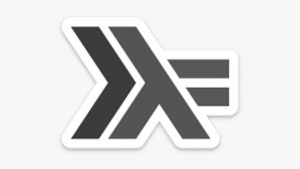
Although being a relatively new addition to our list, Haskell is sophisticated enough to be considered one of the most challenging programming languages. To your ears, the fact that Haskell is a general-purpose and less disciplined language seems fantastic. It does, however, have strong and static typing.
Whereas most programming languages rely on the idea of syntax to construct executable code, Haskell relies on the type system and semantics.
Also see: Top tech companies in Canada in 2024
5. JavaScript: JavaScript, sometimes known as JS, is an object-oriented, high-level programming language that was created in 1995 by the Netscape, Mozilla, and Ecma groups working together. JavaScript is undoubtedly one of the most difficult programming languages, having been influenced by a mix of languages such as Java, C, and Python, among others.

JavaScript is well-known, and everyone understands that it, together with HTML and CSS, is one of the most important components of web content creation. The primary purpose of JavaScript is to make online sites more interactive and user-friendly, and the same can be said for video games. Almost all websites and browsers use this programming language as a built-in capability in today’s environment.
JavaScript is useful on both the client and server sides, and it creates a solid network. Although there are some parallels between Java and JavaScript, their architectures are vastly different. You will find it extremely difficult to master one of the most difficult programming languages. However, as the number of people who use it grows, so does its popularity.
6. C: C is a procedural language that was first released in 1972. In comparison to C++, this language has a lower level of complication. However, there is no denying that C is one of the most widely used and difficult programming languages in the world. C was created to give low-level memory access through a simple compiler. It’s also a programming language that allows for cross-platform development. Typically, language study at many institutions begins with this particular language.
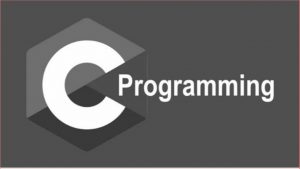
C is a structured programming language in which the executable code is separated into several subroutines known as functions. Despite being among the widely used languages on the planet, C is without a doubt among the most difficult computer language to master.
Also see: How long does it take to learn HTML and web development for a job
7. PHP: PHP is another object-oriented yet reflective programming language on our list. Even though it has been 22 years since its inception, this language continues to evolve. PHP has been influenced by some of the most difficult programming languages, such as C++, Java, and Perl. PHP, on the other hand, is still primarily a server-side programming language.

PHP is a general-purpose programming language that initially stood for Personal Home Page but is now just known by its abbreviation. PHP is far more versatile than any of the other most difficult programming languages listed here, and this has helped it become fairly popular.
8. Python: Python is a widely used object-oriented and procedural programming language that was initially introduced in 1991. This is a popular high-level programming language that emphasizes readability.
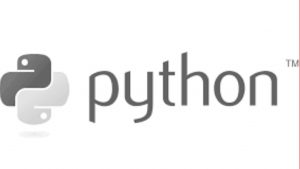
Python’s syntax is distinct from those of other difficult programming languages. In this method, programmers are required to enter pointless codes to run the same software. There have been many difficult programming languages in the past, but the process has become easier as the languages have evolved. Python is an instance of a language that has helped programmers to produce more readable and understandable code.
Also see: Best education website for teachers to become better
9. Go: Go is a structured and concurrent programming language that was initially released in 2009. Go is extremely adaptable and interoperable with a wide range of operating systems, including Linux, Mac OS X, Windows, DragonFly BSD, OpenBSD, and others.
This is also known as Golang, and it is free to use open-source language. This is a form of the most difficult programming language; however, it is easier to learn than the other languages on this list. Go is used extensively in Google’s and other companies’ production systems.
Go is a sort of difficult programming language whose primary basis is C, although it has undergone significant improvements to improve and simplify it. Go has become more understandable as a result of ongoing updates, with fewer syntax and tight layouts.
Also see: How to become a successful business entrepreneur
10. Forth: Forth is the last entry on our list of the most difficult programming languages. Because Forth is regarded to be one of the most basic programming languages, I placed it at the bottom of this list of complex and difficult languages.
Forth is a procedural and stack-oriented language that was first released in 1970. Structured programming and reflection are two of the language’s most important characteristics. The fact that you can assemble multiple command sequences in it and then save them for later execution is what drew people to it. This is similar to tailoring a language to the needs of the users.
Also see: Most Expensive Phones in the World and Their Prices 2024
11. Malbolge: One esoteric programming language is Malbolge. The fact that it took at least two years to complete developing the first Malbolge code indicates that it is by far the toughest programming language to learn. The code’s very poor readability and confusing nomenclature lead to unpredictable behavior.
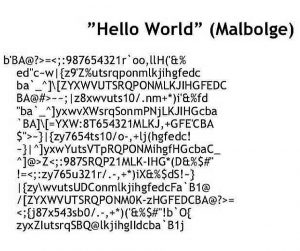
Malbolge is not at all favored in the software business since it is practically worthless. It can only be utilized and learned as a challenge, with no practical use.
Recommended: Most Complex Movies of All Time
12. Prolog: Prolog is a logic-based, extremely cost-effective language that aids businesses in lowering both maintenance and development expenses. The basic logic of your program must be flawless, which makes Prolog a challenging language to master.
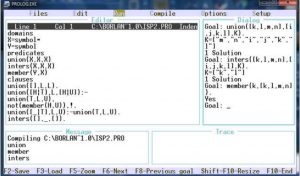
You can’t just copy and paste Prolog code and hope it works; you’ll probably get compiler errors or endless recursion. Programmers can get away with certain logical errors in the majority of procedural languages in use today.
Recommended: Most Expensive Phones In The World And Their Prices
13. Perl: According to Indeed, one of the most feared and well-paid languages is Perl (Practical Extraction and Report Language). It is a scripting language that is frequently used to take information from a text file and produce a report.
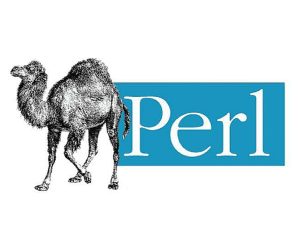
Perl is an interpreted programming language, as opposed to many others that are compiled languages, where a target computer interprets the program. In an interpreted language, a third “interpreting” machine finds the code and does the work.

Edeh Samuel Chukwuemeka, ACMC, is a lawyer and a certified mediator/conciliator in Nigeria. He is also a developer with knowledge in various programming languages. Samuel is determined to leverage his skills in technology, SEO, and legal practice to revolutionize the legal profession worldwide by creating web and mobile applications that simplify legal research. Sam is also passionate about educating and providing valuable information to people.
Python, really?
Python hard?!
Wow guess I won’t learn python since it’s the 8th most difficult language.
Going with Rust instead
Yeah, I just wanted to make fun of a friend for trying to start with C++, but saying JS and Swift are harder than C? This site has no credibility whatsoever.
yacht charter cuba